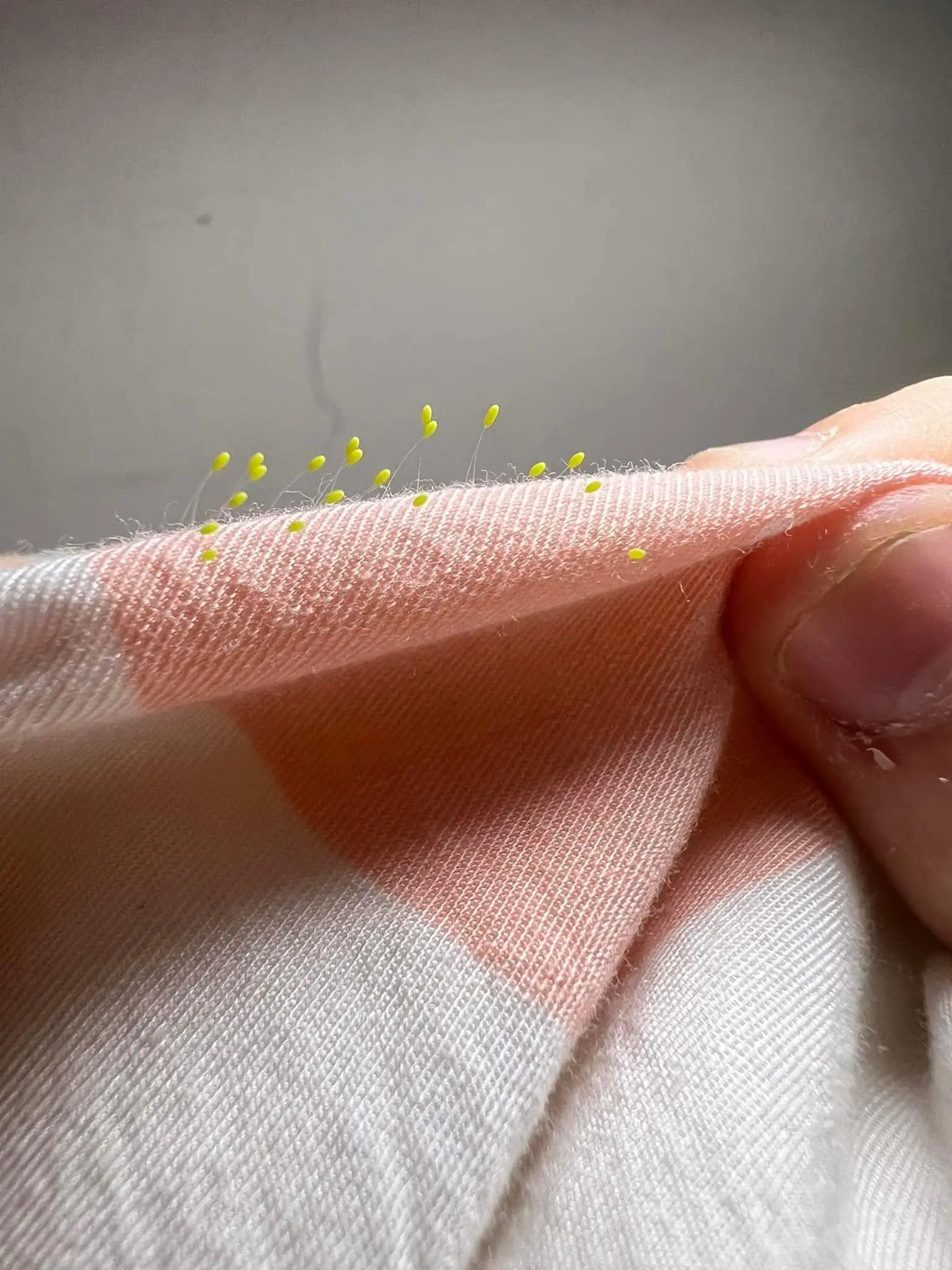
Facts 20/02/2025 19:41
A Seemingly Normal Photo Turns Chilling When the Truth is Exposed
News in the same category

Facts 21/02/2025 20:09

Why Smart People Place Their Phone Face Down
Facts 21/02/2025 15:58

Eating probiotic foods can ease anxiety and depression: study

Pinoy classic dish Tortang Talong has been recognized by TasteAtlas as the second-best egg dish in the world
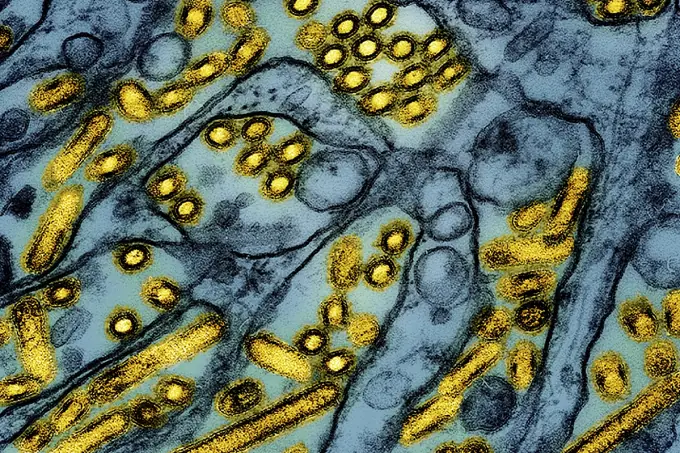
Reasons why flu virus mutates rapidly
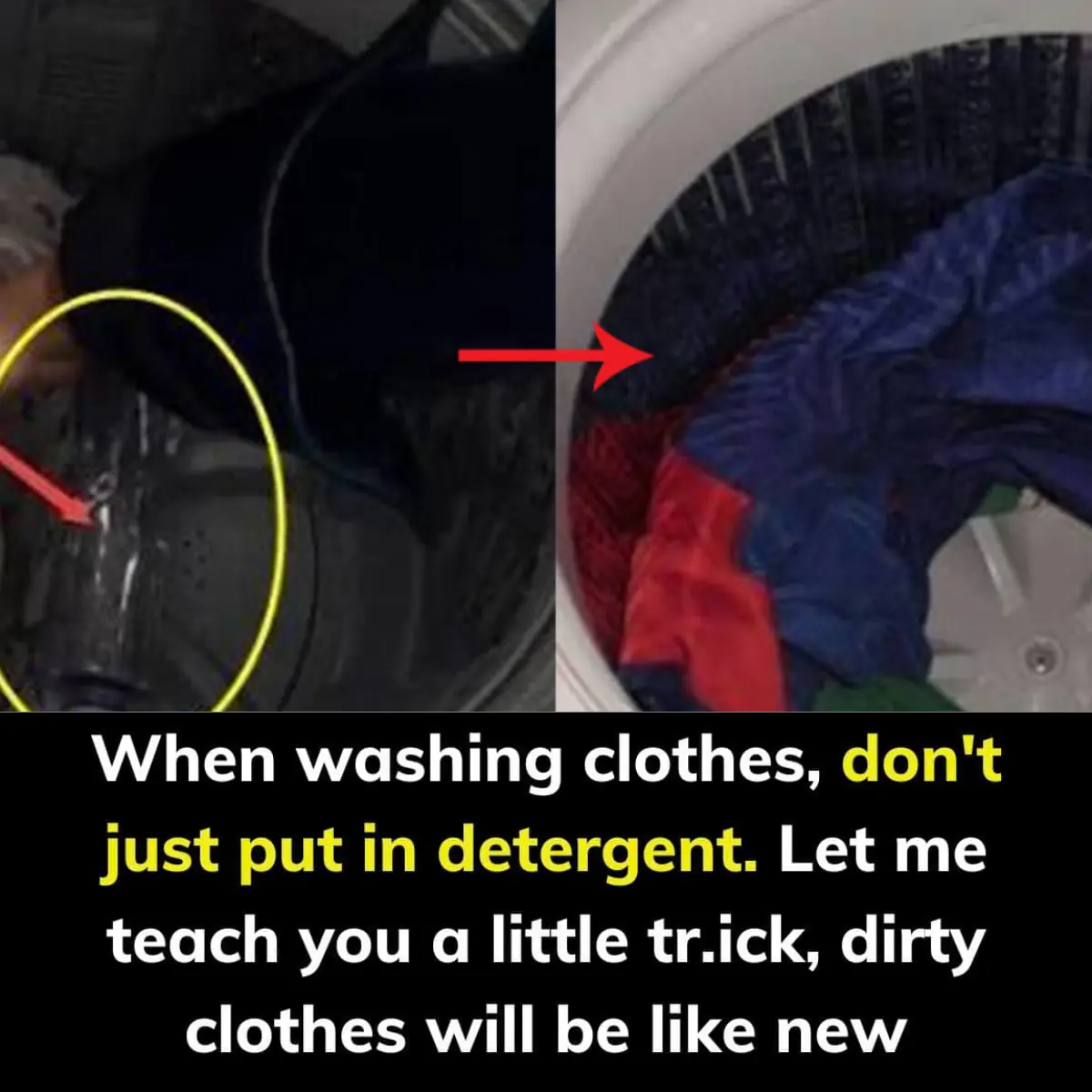
When washing clothes, don't just put in detergent
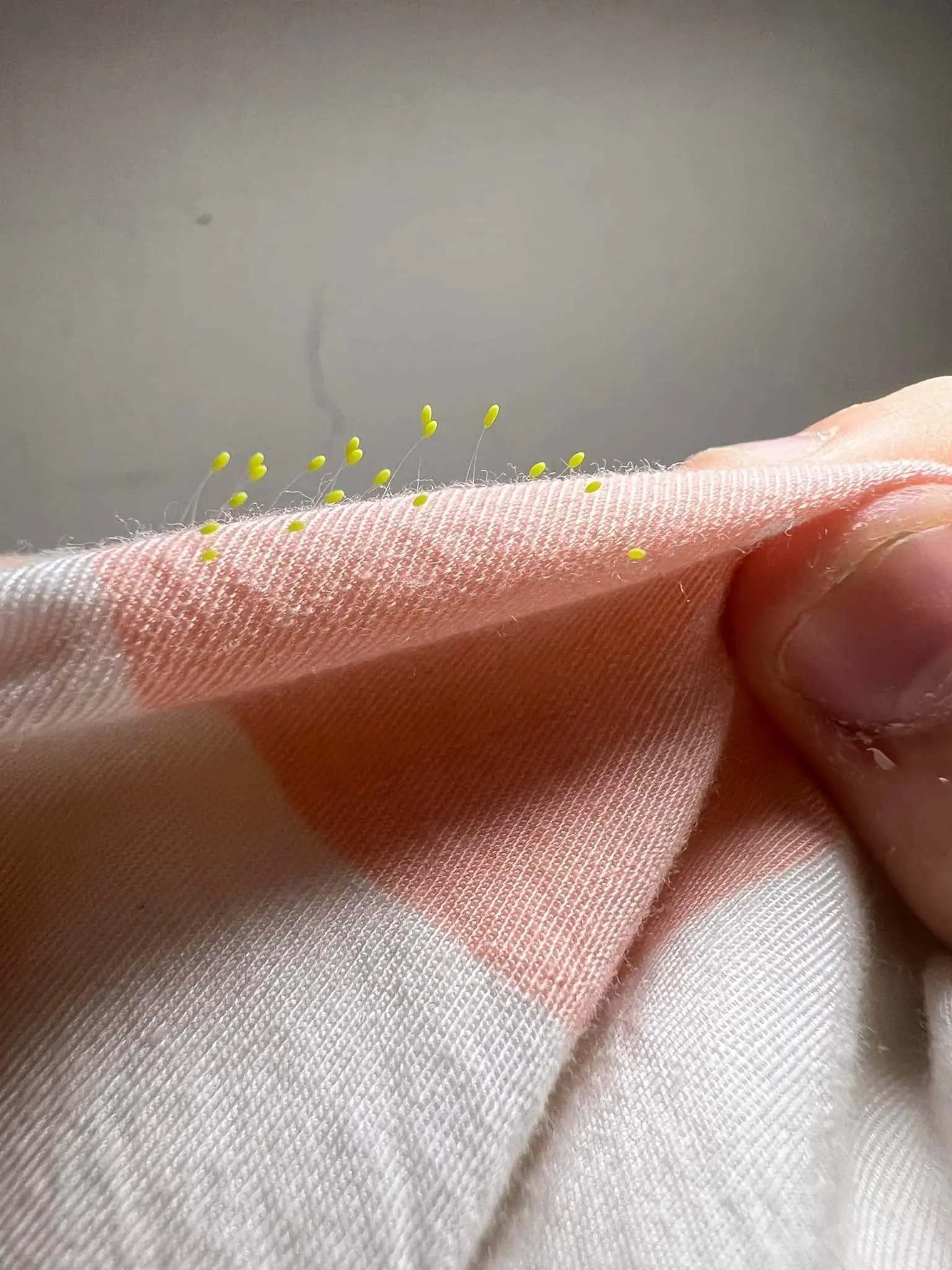
A Seemingly Normal Photo Turns Chilling When the Truth is Exposed

What Happens to People Who Regularly Eat Sweet Potatoes for Breakfast Over a Long Period of Time?

Russians put frogs in barrels of milk to prevent the milk from spoiling quickly when exposed to air

Would you get a brain implant from Elon Musk's company?

S.h.o.ck.in.g secrets about flight attendant recruitment more than 70 years ago

Surprising benefits of combining olive oil with milk

3 Types of 'Yin' Plants in Front of the House Bring Misfortune and Bad Luck, the Ancients Advised Not to Plant Them

A Plant Once Thought to Be a Weed, Surprisingly Elevated to a Noble Dish, Good for Health: Vietnamese Coriander

I thought it was a s.c.am when my family got a call from a Thai hospital demanding money and saying my 'healthy' dad was fig.hting for his life with a 'mystery' il.lness... but our worst n.ight.mare has come true

5 fruits on the 'black list'
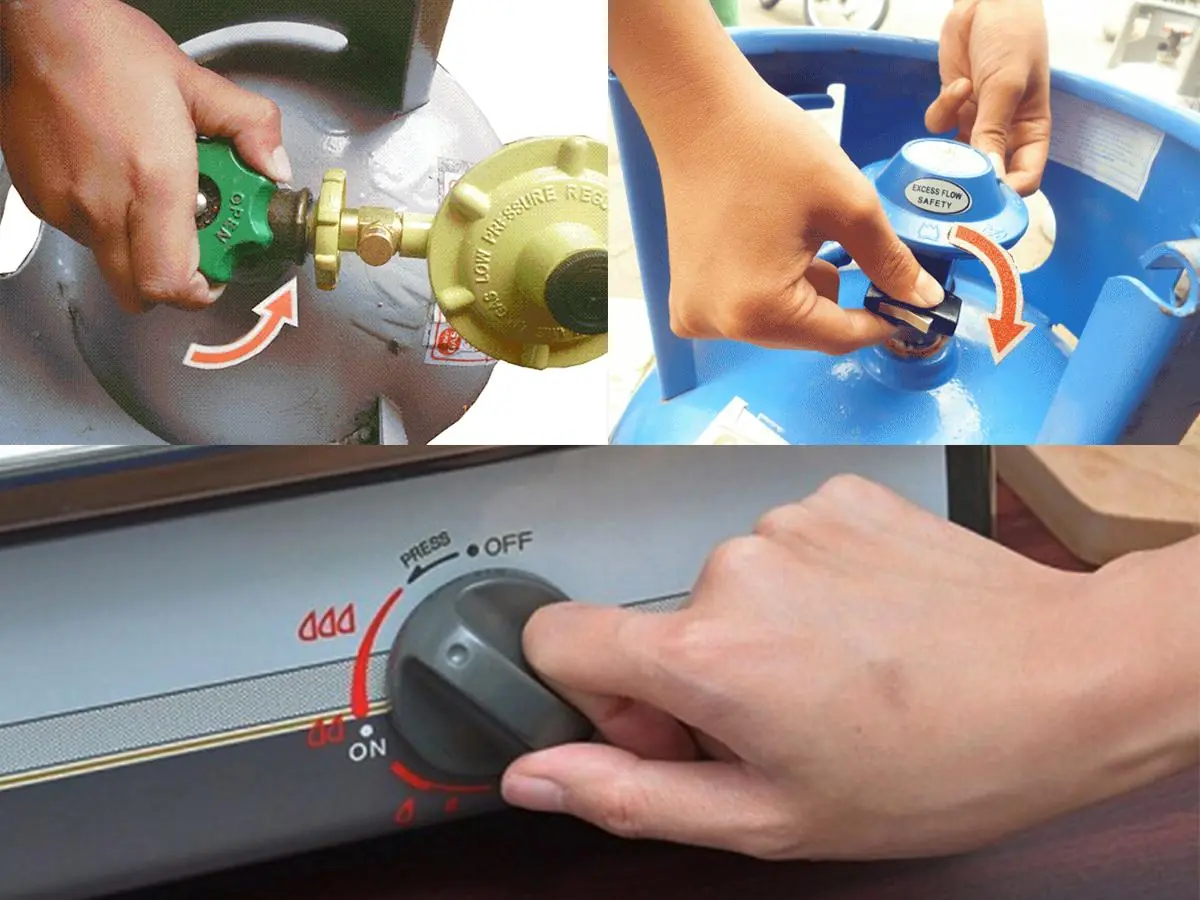
Closing the Gas Valve: Before or After Turning Off the Stove?

5 Types of Fish High in Mercury

The Real Benefits of Mixing Lemon with Activated Charcoal
News Post
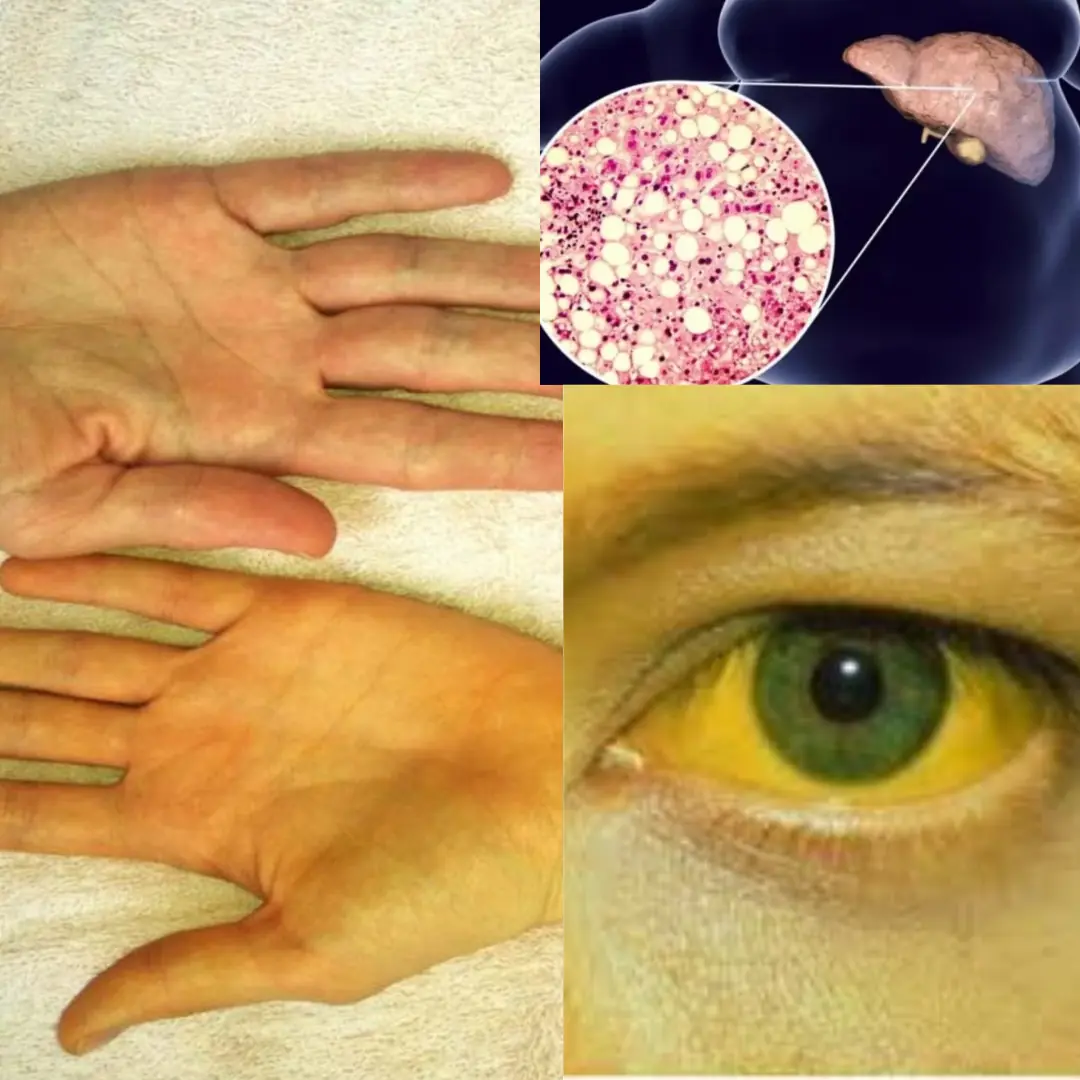
Discover tips to effectively reduce jaundice
Health 21/02/2025 23:51

Elon Musk waves ‘chainsaw for bureaucracy’ on stage
News 21/02/2025 21:42

Many still ignore this harmful habit.
Health 21/02/2025 21:29

4 Anti-Inflammatory Protein Sources to Eat Regularly
Health 21/02/2025 21:02

Wish i knew sooner
Tips 21/02/2025 20:55

Move 2 Matchsticks to Form 3 Squares
Relax 21/02/2025 20:51

The Radish: Known as the "Ginseng of the Poor" and Found in Every Market
Facts 21/02/2025 20:09

Add a Few Drops of This Seasoning for Stir-Fried Beef That Melts in Your Mouth—Restaurant-Quality Delicious!
Tips 21/02/2025 19:46

The Daughter-in-Law Gives the In-Laws 1,200 USD per Month, Holding the Money in Her Hand, Yet the Father-in-Law Still Grumbles "Immature": The Bitter Reason
Relax 21/02/2025 19:14

Chop Onions Without Tears While Keeping Their Nutrients Intact—Here’s How!
Tips 21/02/2025 17:39

How to Grow Cardamom Plant from Seeds at Home Easily
Tips 21/02/2025 17:26
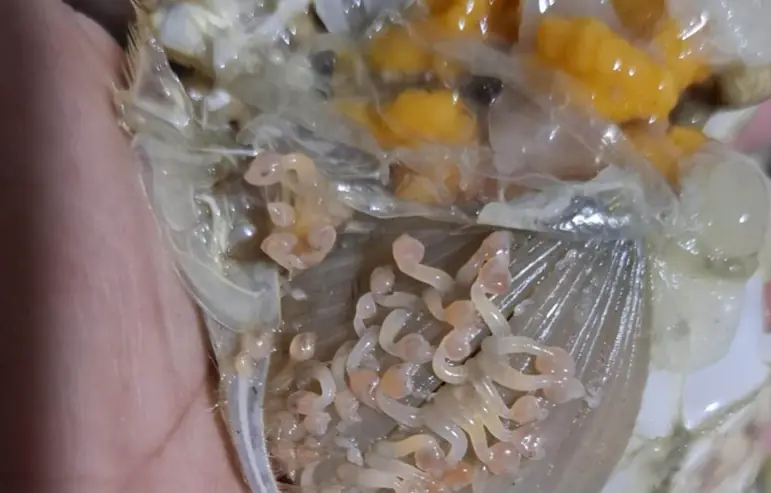
A woman was shocked when she opened a crab
News 21/02/2025 16:37

Clear Your Arteries with This Simple Juice
Health 21/02/2025 16:22

A 20-year-old man contracted three parasites at the same time, due to occasionally eating this vegetable.
Health 21/02/2025 16:05

Why Smart People Place Their Phone Face Down
Tips 21/02/2025 15:58

The Best Way to Store Limes for Year-Round Freshness
Tips 21/02/2025 15:53

5 effective ways to lower blood pressure
Health 21/02/2025 15:43

Lamb’s Quarters/Wild Spinach: The Underestimated Superfood with Maximum Health Benefits
Tips 21/02/2025 15:41

Don’t Eat Sweet Potatoes Until You Know These 13 Important Facts!
Tips 21/02/2025 15:38
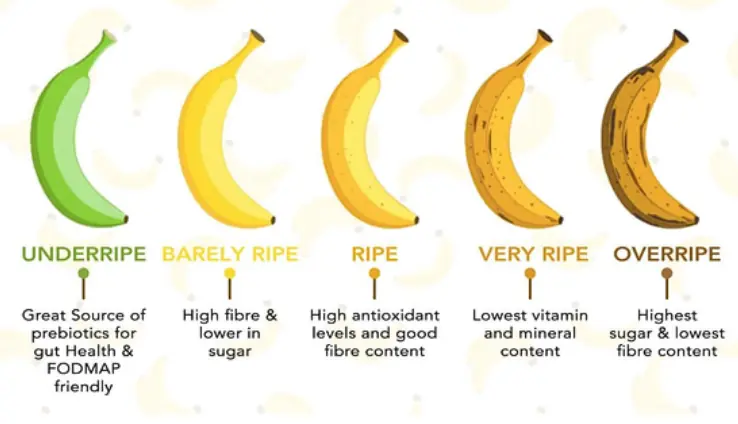
When to eat a banana?
Tips 21/02/2025 15:02
